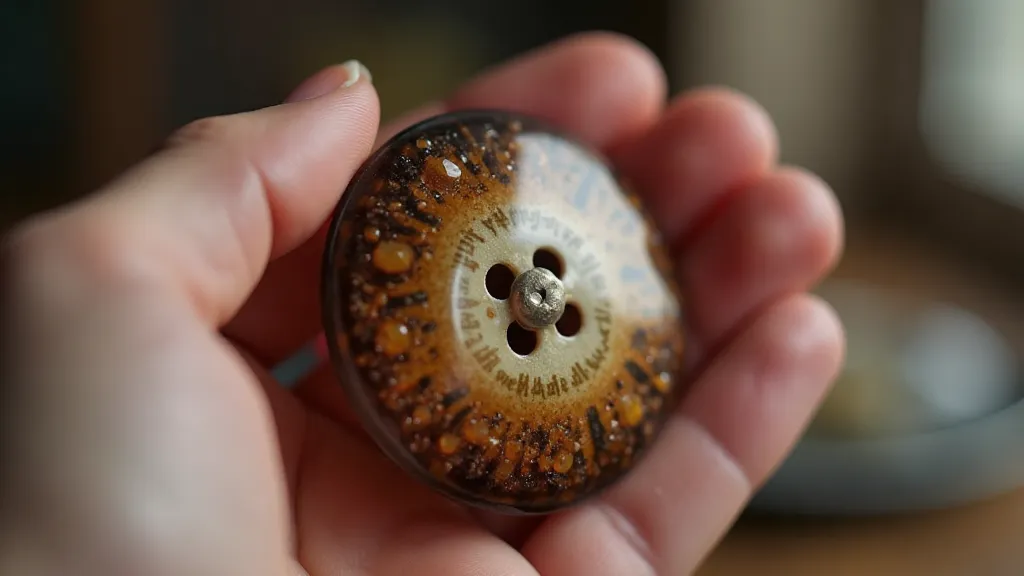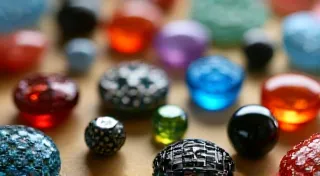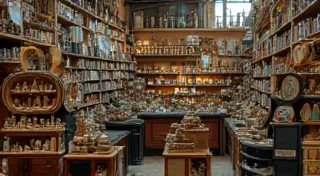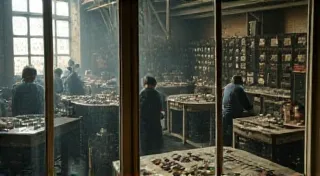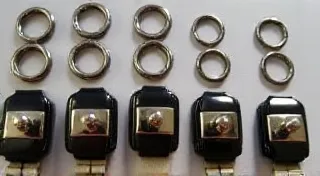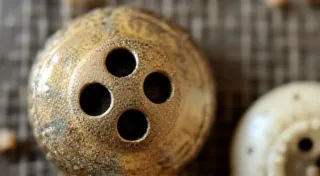Caring for Your Antique Button Collection: Preservation and Storage
Your antique button collection represents a piece of history, a tangible link to bygone eras. Proper care and storage are crucial to ensuring these delicate treasures survive for generations. This guide outlines best practices for preserving and protecting your antique button collection, from gentle cleaning to optimal storage solutions.
Understanding the Risks
Antique buttons are often made of fragile materials – glass, celluloid, early plastics, metal (often silver or brass), horn, bone, and occasionally shell or ivory. Each material has its own vulnerabilities. Exposure to light, air, humidity, and improper handling can all contribute to deterioration. Here’s a breakdown of common issues:
- Oxidation (Metal Buttons): Moisture and air react with metals, causing discoloration and weakening.
- Brittleness (Celluloid & Early Plastics): These materials become brittle over time, cracking easily.
- Fading (Painted or Glass Buttons): Sunlight can cause colors to fade.
- Scratching & Chipping (Glass & Shell Buttons): These are easily damaged by rough handling.
- Dust & Grime Buildup: Accumulation can attract moisture and accelerate deterioration.
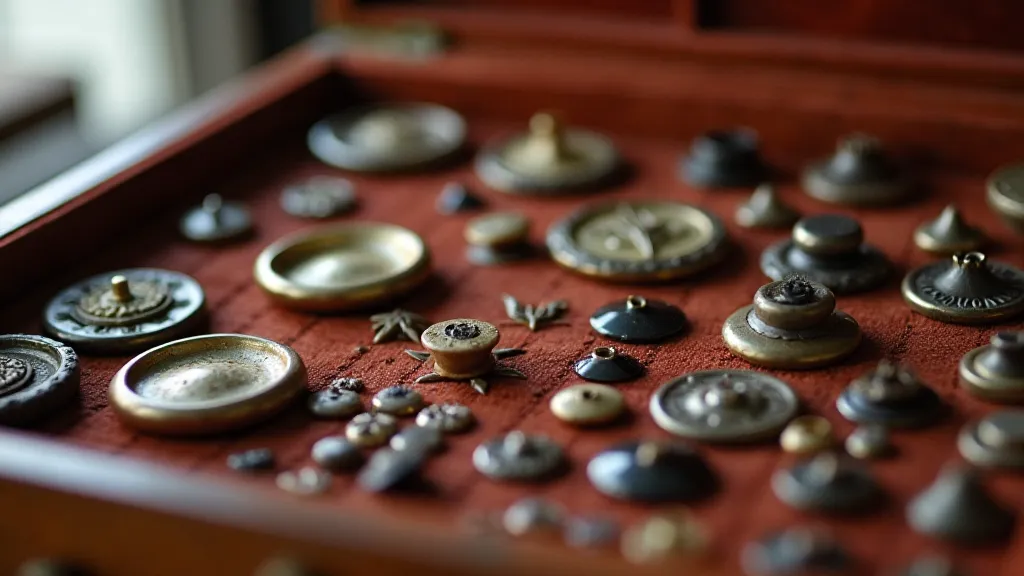
Gentle Cleaning Practices
Cleaning should be approached with caution. Avoid harsh chemicals or abrasive cleaners, as these can damage the button's surface.
- Dusting: Use a soft brush (like a sable brush or camel hair brush) to gently remove surface dust regularly.
- Mild Soap & Water (For Certain Materials): For dirtier buttons, you may be able to use a very mild solution of lukewarm water and gentle soap (like Ivory soap). Test this in an inconspicuous area first. Rinse thoroughly with clean, lukewarm water and dry immediately with a soft, lint-free cloth. *Never* soak buttons.
- Metal Polish (Use with Extreme Caution): Only use metal polish on metal buttons if absolutely necessary, and only on the backs. Always follow the manufacturer's instructions carefully, and be aware that polishing can remove delicate patina.
- Avoid Ultrasonic Cleaners: The vibrations can easily damage delicate buttons.
Optimal Storage Solutions
Proper storage is the cornerstone of preservation. Here are a few proven methods:
- Individual Storage: Buttons should ideally be stored individually to prevent scratching and abrasion.
- Acid-Free Envelopes or Sleeves: These are essential for protecting buttons from acidic environments that can cause discoloration and deterioration. Look for archival-quality paper or Mylar sleeves.
- Boxes with Acid-Free Dividers: Sturdy boxes with dividers offer a secure and organized storage solution.
- Trays with Individual Compartments: Shallow trays with individual compartments are excellent for display and storage. Line the tray with felt or velvet to provide cushioning.
- Climate Control: Store your collection in a cool, dry place with stable temperature and humidity. Avoid attics, basements, and areas prone to temperature fluctuations. Ideally, keep humidity below 50%.
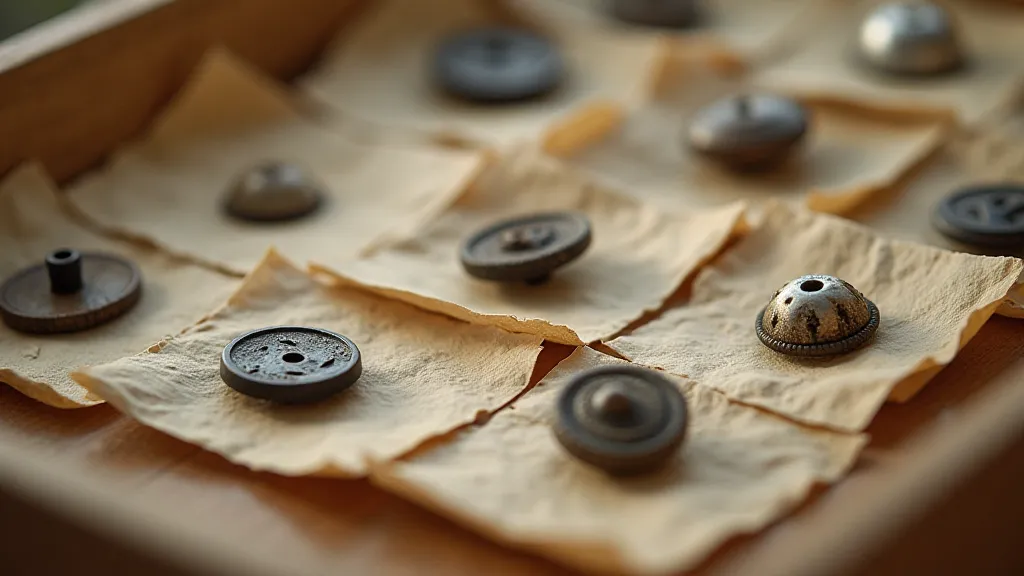
Display Considerations
Displaying your collection can be a source of enjoyment, but also a potential risk. Minimize exposure to direct sunlight and consider using UV-filtering glass in display cases. Rotate your display items regularly, giving each button a break from potential damage.
Long-Term Preservation
For valuable or historically significant buttons, consider consulting with a professional conservator. They have the expertise to provide specialized care and preservation advice.
A Final Note
Remember, preservation is an ongoing process. Regular inspection and gentle maintenance are key to ensuring your antique button collection remains a treasured legacy for years to come.
